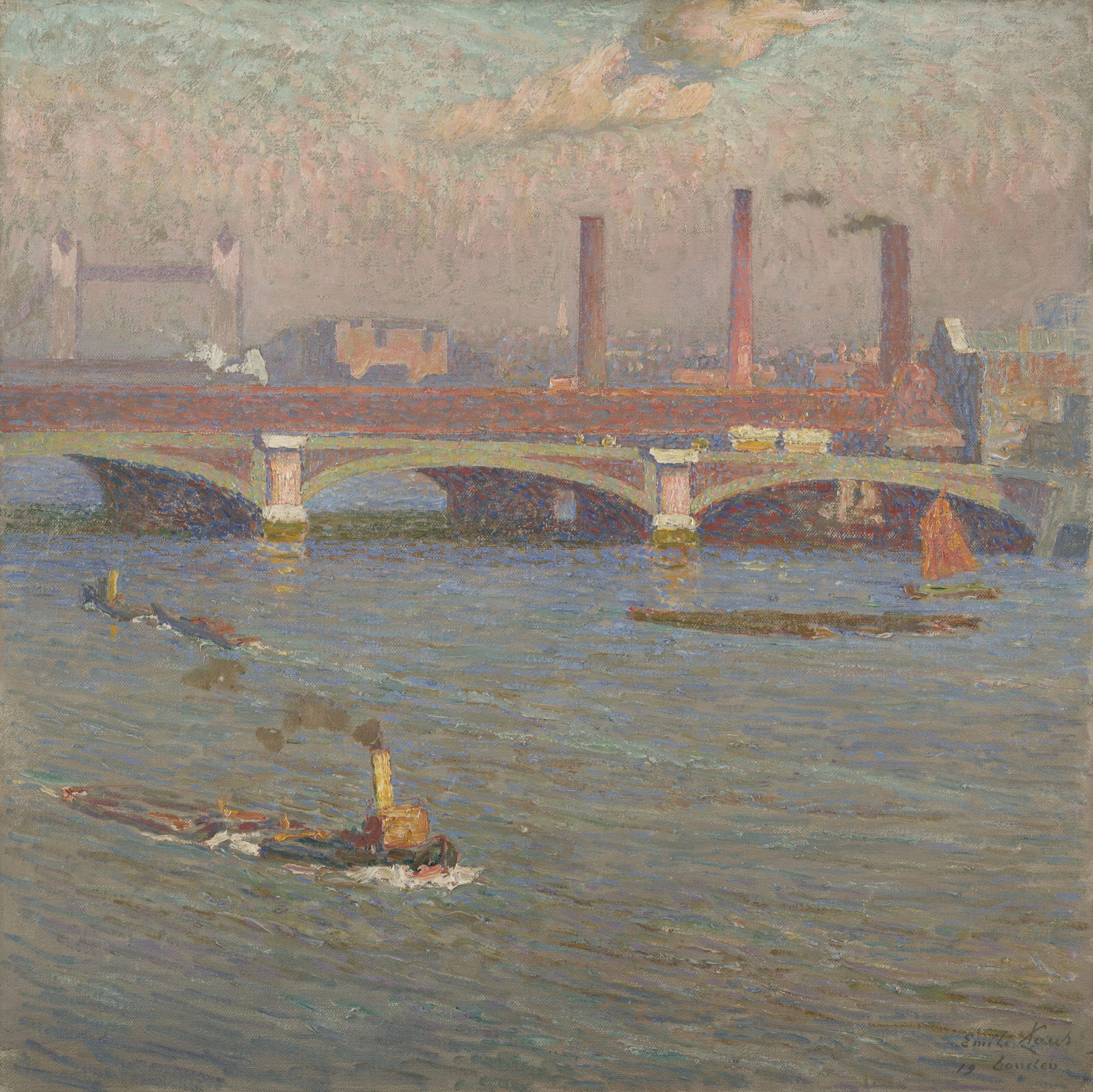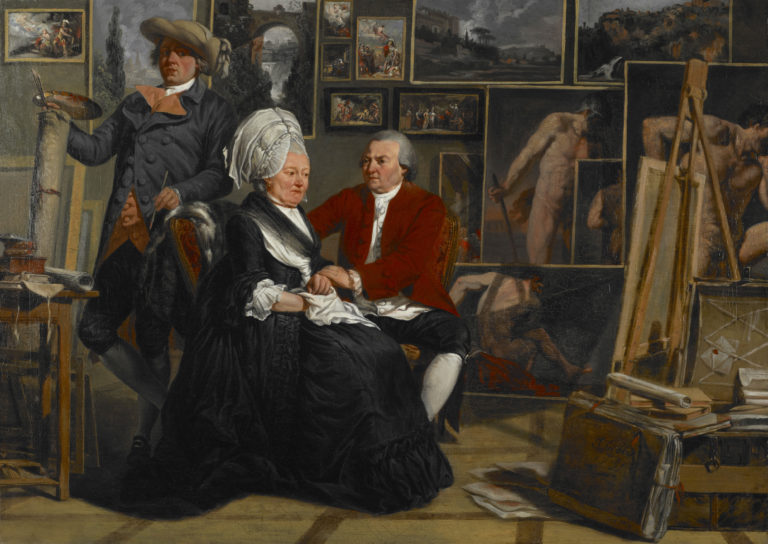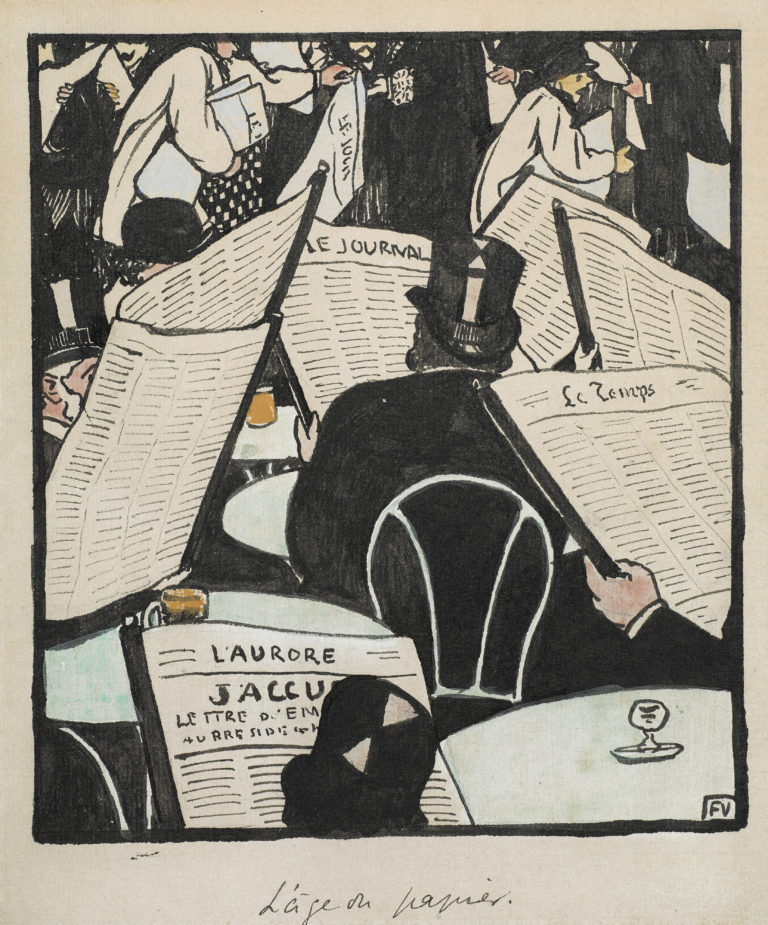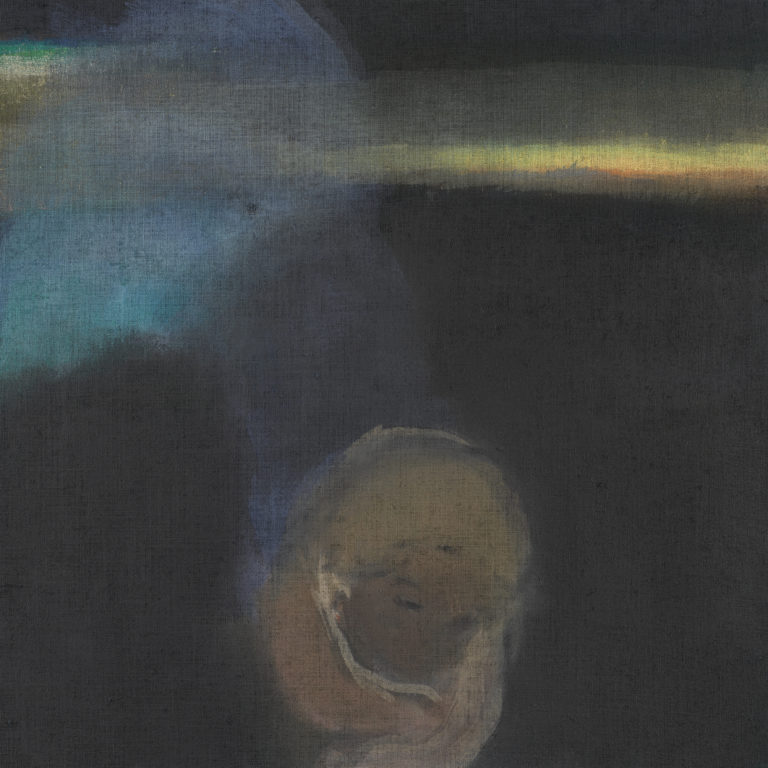Bibliography
Jörg Zutter and Catherine Lepdor (eds.), La collection du Dr Henri-Auguste Widmer au Musée cantonal des Beaux-Arts de Lausanne, exh. cat. Lausanne, Musée cantonal des Beaux-Arts, Milan, ed. Skira, 1998: n. 85.
François Maret, Emile Claus, Anvers, De Sikkel, 1949.




Blackfriars Bridge spans the Thames a few hundred metres from what is now Tate Modern. The Belgian artist Émile Claus chose a view from the Victoria Embankment, looking towards Tower Bridge. Its two towers in the distance are in dialogue with three closer factory chimneys, now demolished. Claus often chose to work in this square format. The lower half of the canvas is dominated by diagonals in chilly hues. A couple of tugs bring the river to life. The rising brushstrokes of the sky are in warmer, pinker tones.
This is a late painting by Claus, reflecting and combining several influences. Most obvious is Claude Monet’s series of Thames views of 1900-1903. The water is painted Monet-style, capturing the ripples stirred by the breeze. Monet’s main focus in his London paintings was the effect of smoke and fog, making them generally darker. Claus’s work is sunnier, reflecting the influence of the Belgian strand of Impression known as Luminism – a school he helped establish as a founder member of the Vie et Lumière group in 1904. Neo-Impressionism also shaped the work: the bridge is captured in juxtaposed dabs of complementary colours, a technique central to Divisionism.
Claus fled to London during the First World War, producing a series of paintings of the Thames that sought to capture light glinting on the river. He returned to his country house in Astene, Flanders, in 1918. In 1923, the year before he died, he sold this painting to the art collector Henri-Auguste Widmer, a native of Vaud. Widmer bequeathed it to the museum in 1939.